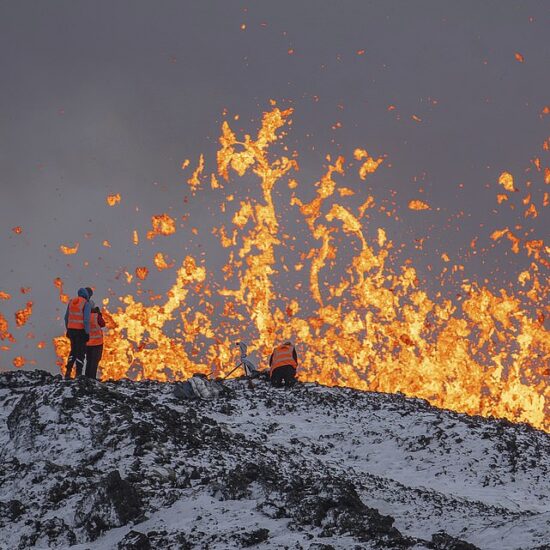
More than 3.5 million people lost their ‘dollar millionaire’ status in 2022 during the first fall in global wealth since the 2008 financial crisis, a study has found.
The number of adults with assets totalling more than $1m (£790,000) dropped from 62.9 million at the end of 2021 to 59.4 million at the end of last year, according to the Global Wealth Report launched by Credit Suisse and UBS.
The number of millionaires in the US fell by 1.8 million to 22.7 million, but there are still far more than in any other nation, while in the UK the number dropped by 440,000 to 2.6 million, the third largest globally.
The world’s privately held wealth fell 2.4 per cent to $454.4 trillion at the end of last year, as $11.3 trillion was stripped from the value of personal assets by high inflation and weaker currencies.
The invasion of Ukraine for was blamed for causing the lift in inflation in 2022.
The number of adults with assets totaling more than $1m (£790,000) dropped from 62.9 million at the end of 2021 to 59.4 million at the end of last year, according to the Global Wealth Report launched by Credit Suisse and UBS (Stock image)
According to separate research for the Bloomberg billionaires index, the richest 500 people in the world lost a total of $1.4 trillion in 2022.
The report from Credit Suisse and UBS shows that, measured in current nominal USD, wealth per adult also declined by $3,198 to reach $84,718 per adult.
Much of this decline comes from the appreciation of the US dollar against many other currencies.
Financial assets contributed most to wealth declines in 2022, while non-financial assets (mostly real estate) stayed resilient, despite rapidly rising interest rates.
Regionally, the report shows the loss of global wealth was heavily concentrated in wealthier regions such as North America and Europe, which together shed $10.9 trillion.
Asia Pacific recorded losses of $2.1 trillion.
Latin America experienced a total wealth increase of $2.4 trillion, helped by an average 6 per cent currency appreciation against the US dollar.
In terms of losses in market terms in 2022, the United States headed the list, followed by Japan, China, Canada and Australia.
The largest wealth increases at the other end were recorded for Russia, Mexico, India and Brazil.
In terms of wealth per adult, Switzerland has stayed at the top of the list, followed by the USA, Hong Kong SAR, Australia and Denmark, despite sizeable reductions in mean wealth versus 2021.

The world’s privately held wealth fell 2.4 per cent to $454.4 trillion at the end of last year (Stock image)
Along with the decline in aggregate wealth, overall wealth inequality also fell in 2022, with the wealth share of the global top 1 per cent falling to 44.5 per cent.
Global wealth will increase by 38 per cent to $629 trillion by 2027, according to the report’s projections.
Growth by middle-income markets will be the primary driver of global trends.
The number of millionaires will rise to 86 million by 2027, according to the estimates.
Nannette Hechler-Fayd’herbe, Chief Investment Officer for the EMEA region and Global Head of Economics & Research at Credit Suisse, said: ‘Wealth evolution proved resilient during the COVID-19 era and grew at a record pace during 2021. But inflation, rising interest rates and currency depreciation caused a reversal in 2022.’
Anthony Shorrocks, economist and report author, said: ‘Much of the decline in wealth in 2022 was driven by high inflation and the appreciation of the US dollar against many other currencies. If exchange rates were held constant at 2021 rates, then total wealth would have increased by 3.4% and wealth per adult by 2.2% during 2022.
‘This is still the slowest increase of wealth at constant exchange rates since 2008. Keeping exchange rates constant but counting the effects of inflation results in a real wealth loss of –2.6% in 2022.
‘Similarly, financial assets contributed most to wealth declines while non-financial assets (mostly real estate) stayed resilient, despite rapidly rising interest rates. But the relative contributions of financial and non-financial assets may reverse in 2023 if house prices decline in response to higher interest rates.’














